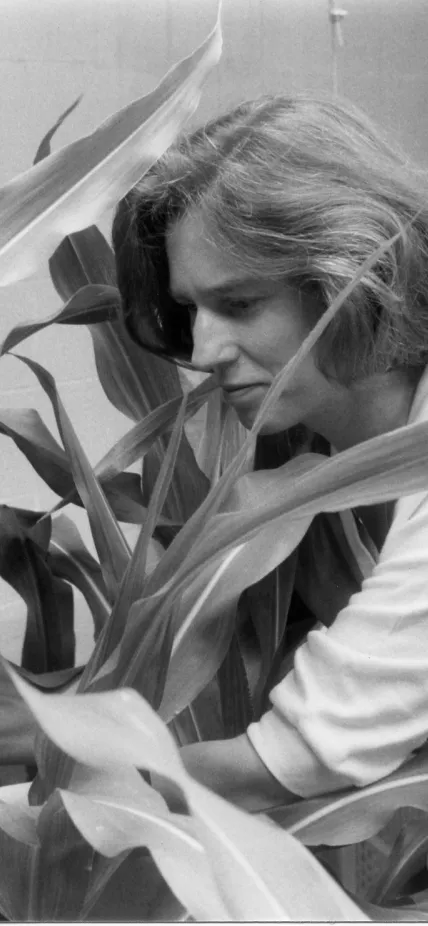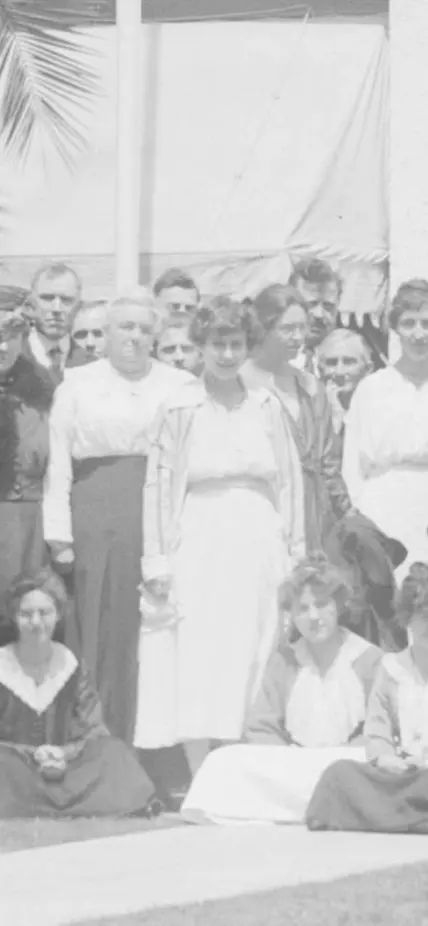
The Early Years
From a very young age, Nina Fedoroff had an unshakeable conviction that she was meant to make a mark.
In a 1996 American Scholar personal essay entitled Two Women Geneticists, she wrote, “I knew I wanted to be something long before I knew what it was I wanted to be.”
Out of that vague youthful resolve, Fedoroff would forge a path to becoming one of the world’s leading molecular biologists and a pioneer in the nascent field of plant molecular biology, making history as one of the first scientists to clone plant DNA. Her legacy abounds with groundbreaking research, diplomatic advisory roles, and numerous prestigious honors, among them the 2006 National Medal of Science—the country’s highest commendation for lifetime achievement in scientific research—conferred upon her by President George W. Bush. She served as President of the American Association for the Advancement of Science and was a member of the country’s most elite academic and scientific societies, including the United States National Academy of Sciences and the American Academy of Arts and Sciences.
At the heart of these professional achievements lies the indomitable spirit of an extraordinary woman and the convergence of setbacks and serendipity that carved her remarkable journey.
Born in 1942 to Russian immigrants in Cleveland, Ohio, Fedoroff’s childhood was deeply entrenched in the ways of the homeland.
“My mother was immersed in the old culture and wanted to raise her kids in the customs and values of that culture,” Fedoroff explained. “She fought to maintain the Russian language in our household, a legacy from my childhood that proved useful later on.”
A distinct cultural reality of this old-world upbringing was an emphasis on what Fedoroff called, “an overvaluing of male children.” The takeaway message for girls was that their potential and intelligence were deemed secondary to that of the boys in the family.
“My older brother was anointed with the crown of being the family genius. And I was relegated to, ‘well, we know you get good grades because you work really hard, but you’re not very bright.’”
It was a pattern repeated from her mother’s own childhood.
“I’ve always wondered why my mother needed to put me down,” Fedoroff mused. “I think it came out of the fact that, in her family, she was devalued, while her own brother’s accomplishments were glorified. He went on to become a physician at the Harvard school of Public Health. But in truth my mother was probably the brighter of the two.”
While she admits to being, “haunted by her mother’s judgment,” Fedoroff’s fiercely independent mindset would serve her well, both as a young woman shaking the chokehold of cultural and gender stereotypes, and later on as a budding career scientist breaking into a heavily male-dominated field.
Long before her interest in science took hold, Fedoroff had her sights set on a career in music.
“I picked up the flute when I was about 10 years old, and from then on, that's what I wanted to do. I was dead set on being a musician,” she said.
In addition to her musical inclinations, Fedoroff proved a gifted academic in high school, taking college-level history courses at 16. She had also began teaching music, a vocation that—along with her ability to speak and translate Russian—would continue to sustain her for years to come.
At 17, Fedoroff became pregnant with a daughter, Natasha. At the time—and especially in such a traditional family as hers—teenage pregnancy was, “shameful, something to be kept secret.” So she dropped out of school under ambiguous circumstances and married Natasha’s father, an Air Force serviceman. Refusing to allow her situation to define her, Fedoroff completed her high school education by taking the New York Regent Exams on her own. She graduated first in her class.
Suddenly a young wife and mother, Fedoroff recalled being, “terrified of not being able to continue with my education, of finding myself trapped in low-paying jobs. So many teenage mothers end up without the opportunities that an education offers. I was completely motivated by fear.”
Overcoming Challenges in Pursuit of a College Education
While Fedoroff knew that a higher education was the ticket to a more meaningful, financially stable life, she faced two significant obstacles: her husband’s expectation that she be a stay-at-home wife and mother and a lack of financial resources.
“My family was ashamed of me and they weren’t giving me a penny,” she said.
Undeterred, Fedoroff reached out to the financial aid department at Syracuse University while her husband was away on a tour of duty. At the time, Fedoroff’s mother was teaching Russian at the Air Force School associated with the university.
“Syracuse offered offspring scholarships, but I didn’t technically qualify because I was married and no longer a dependent,” she said. “I spoke to a financial aid officer who apparently contacted my various professors. She simply violated the rules and gave me the scholarship anyway.”
Fedoroff refers to this woman as her first “white knight,” a succession of beneficent individuals who emerged at pivotal points in her trajectory and gave her a life-changing break.
Fedoroff enrolled at Syracuse as a political science major and was able to make ends meet and pay for child care by working in her spare time translating Russian science abstracts into English. With her husband still away on duty, she remembers this as a special time.
“I loved everything about school; I loved studying, loved all my classes. It wasn’t necessarily easy; I was juggling being a mom—something I took seriously—with school and work. But, somehow, I was making it happen.”
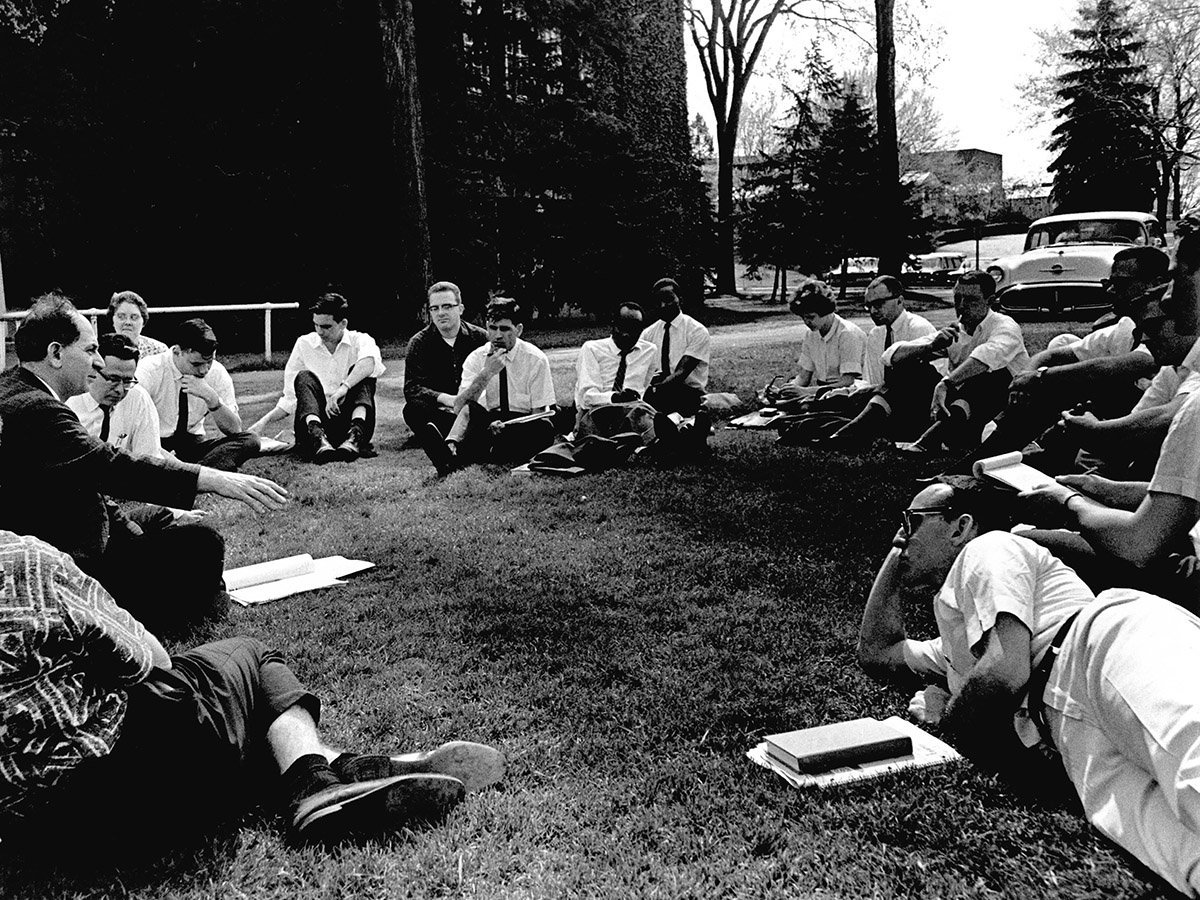
These halcyon days came to an abrupt halt when her husband returned from duty. Furious when he discovered she had enrolled in school, and angrier still when she refused to quit, he threatened to take her daughter away.
“I didn’t know any better at the time and really thought that was something he could do,” she said.
Instead, he beat her unconscious, cleaned out their joint bank account—where she had been saving for the next semester—and left to his next posting. Acknowledging that many women in such a situation might have “simply given up,” Fedoroff was determined to proceed with her education in spite of the odds. Supplementing her Russian translation income with music teaching, she managed to make just enough to keep going.
A Brief Musical Respite from Academia
Fedoroff's life-long musical ambitions were reignited when she decided to study with William Kincaid—the principal flutist in the Philadelphia Orchestra and one of the leading American flutists of the time. She pulled up stakes with her daughter, quit her degree program, and moved to Philadelphia. It was not an easy period in her life. The legal and social framework of the 1960s, “made it nearly impossible to get a divorce.” After overcoming a maze of bureaucratic hurdles, she ultimately succeeded in securing the dissolution of her marriage. Within this same timeframe, she met another man and became pregnant again, this time with a son. Already stretched thin and wanting to give her baby the best possible future, she made the difficult decision to place him for adoption.
In the midst of this turbulence, she found the relentless practice that was essential to her growth as a flutist unbearably tedious.
“I recognized that I was never going to be the best, or even the third best, or fifth best flutist because I just didn’t have the patience for the many hours of repetitive practice required,” she said “It wasn’t until I came up against the reality of my own limitations as a musician that I sought an alternative. That’s when I said, ‘why don’t I go do something practical and become a doctor?’”
Back to Syracuse and the Path to her Life's Passion
After two years in Philadelphia, Fedoroff was able to get her Syracuse scholarship reinstated, and headed back to New York. She enrolled in science courses with the goal of attending medical school. Those aspirations were soon redirected when she was introduced to the world of experimentation, something that would become a lifelong passion.
“My zoology professor Roger Milkman invited me to work in his lab as an undergraduate,” she said. “Once I started doing experiments, I never thought about medical school again.”
In Two Women Geneticists, she wrote, “I was hooked: science was to be my thing, experiments a way of life.”
Fedoroff graduated summa cum laude in 1966 with a dual major in biology and chemistry. She had applied to–and been accepted by–the Rockefeller University’s Ph.D. program. Introduced to cutting-edge research techniques and methodologies, Fedoroff’s experience at Rockefeller was instrumental in further honing her scientific interests and sparking her lifelong fascination with the molecular side of genetics.
Joining Carnegie Science and the Dawn of DNA Sequencing
In 1972, Fedoroff earned her Ph.D. in molecular biology. The ensuing two years found her struggling to find a foothold as a career scientist. She accepted a role as acting assistant professor in the Biology Department at UCLA. Teaching pulled her away from the lab, though, and she was eager to get back to experimenting.
The year 1974 marked a momentous inflection point in Fedoroff’s life and career. She had applied for and received a Damon Runyan Postdoctoral Fellowship, which made it possible to join Donald Brown’s lab in Carnegie Science's Department of Embryology. Brown, one of the pioneers of molecular biology, would become another of Fedoroff’s “white knights” and Carnegie would become her professional home for the next two decades, as well as the epicenter of her most seminal research and discoveries.
Fedoroff joined Carnegie Science at an auspicious moment in the evolution of molecular biology, which was still in its infancy. Brown had recently cloned eukaryotic genes for the first time, laying the groundwork for a landmark development—the ability to determine the nucleotide sequence of genes.
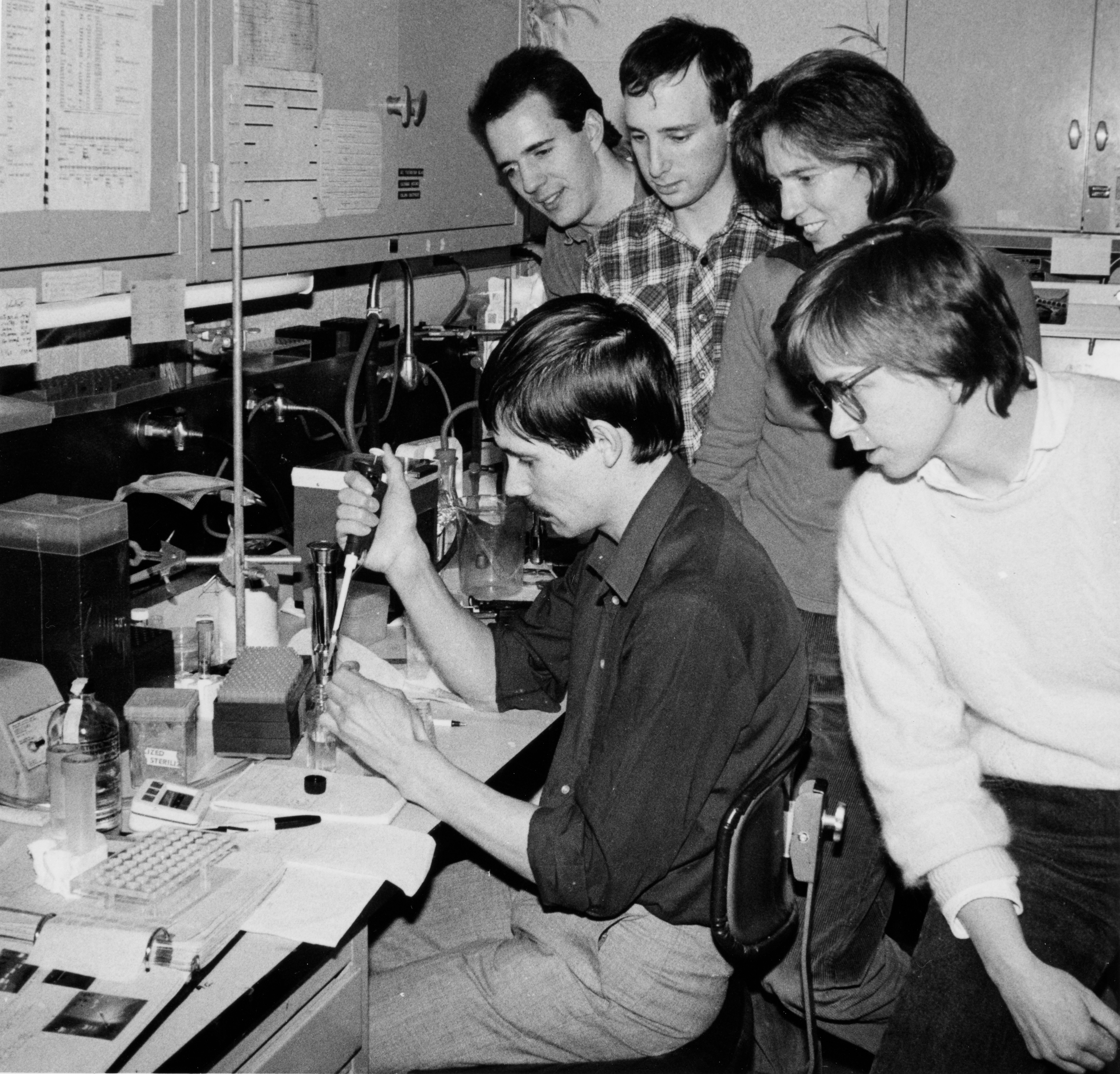
“When I first started as a postdoc at Carnegie, I really didn’t think the science had advanced to the point where we could actually sequence DNA. But in retrospect, I was in the right place at the right time,” she said. “I connected with someone working in another lab trying to solve the puzzle of gene sequencing. We ended up developing parallel, but chemically different techniques, enabling me to do some of the first DNA sequencing ever done. I became something of a sensation overnight.”
A Chance Meeting with Barbara McClintock Changes Everything
Carnegie Science would also be the catalyst for Fedoroff meeting one of the most influential figures in her career, legendary geneticist and Carnegie Staff Scientist, Barbara McClintock. Their paths crossed when Fedoroff was invited to give a talk on DNA sequencing at Cold Spring Harbor Laboratory, a renowned research institution in Long Island, New York, out of which Carnegie Science operated its Department of Genetics. Cold Spring Harbor was also home to a separate division–not related to Carnegie–that was headed by James Watson, the trailblazing molecular biologist who, along with Francis Crick and Rosalind Franklin, discovered DNA’s double helix structure. Following her lecture, Fedoroff was scheduled to meet one-on-one with Watson, whom she called, “the most famous poohbah in biology at the time.” Instead, a chance encounter with McClintock intervened and Fedoroff, fascinated, never made it to her meeting with Watson.
“Although I had attended meetings at Cold Spring Harbor before, I had never met Barbara. That day, she invited me to come down to her lab, and we talked the afternoon away. We didn't talk just science, we talked about all kinds of things, and I was intrigued with her as a person. She had such an utterly unique way of thinking and talking about everything,” she said.
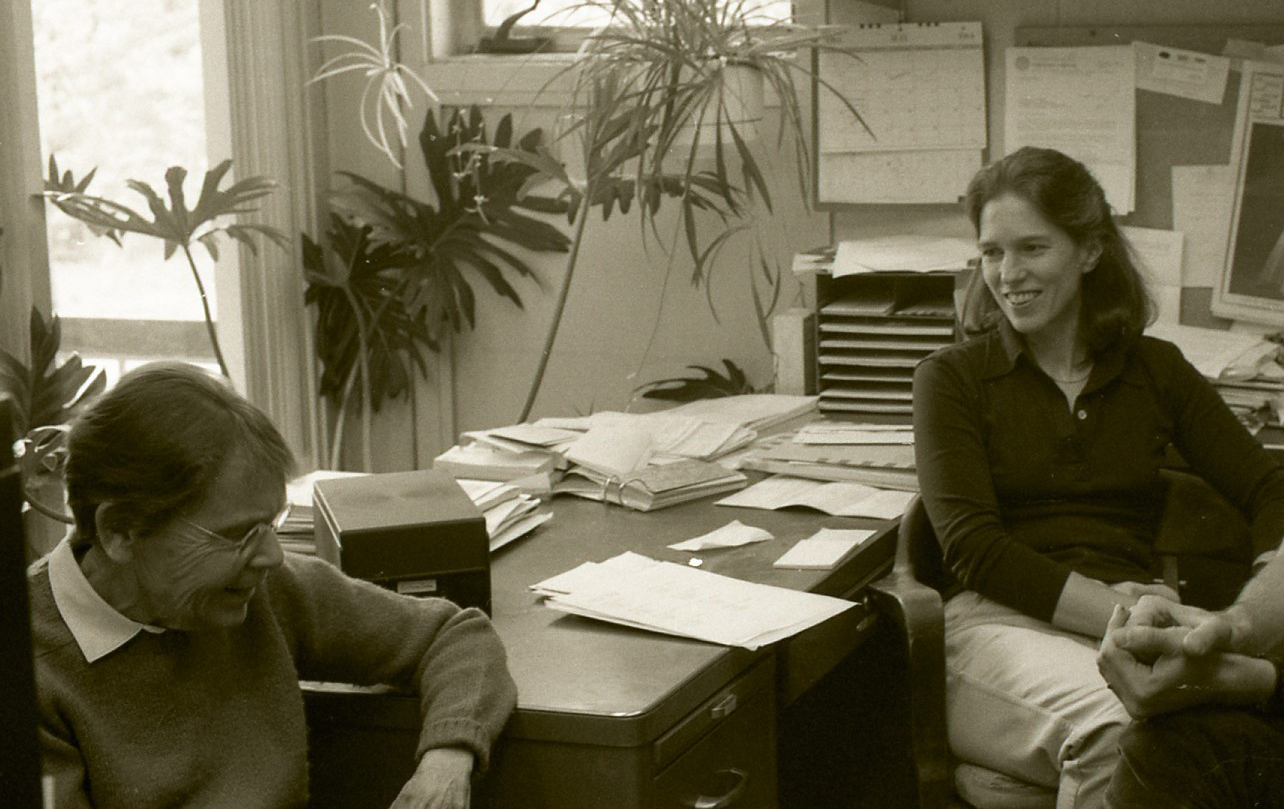
In the 1930s McClintock pioneered the field of cytogenetics while studying the structure of chromosomes in corn. Although chromosomes generally broke at random, she noticed that in some of her lines, one of the chromosomes always broke at the same place–except that the breakage site could change its position on the chromosome. Her meticulous analysis of this phenomenon led to the discovery of transposition and what she called “transposable genetic elements,” now called transposons or, colloquially, “jumping genes.”
At the time, McClintock’s report of transposition challenged the scientific community’s prevailing understanding of genetic inheritance. Indeed, genetics had largely been devoted to the construction of genetic maps based on the heritability of gene positions on chromosomes. Eventually genome sequencing revealed the ubiquity of transposable elements, but it was not until 30 years after her discovery that McClintock received a Nobel Prize in Physiology or Medicine. To this day, she remains only one of only two women awarded a Nobel Prize in a scientific discipline as the sole recipient. She shares this distinction with Marie Curie whose discovery of radium and polonium earned her the Nobel Prize in Chemistry in 1911. In 1903, Curie won a separate Nobel Prize–which she shared with Henri Becquerel–in Physics for work on radioactivity, which led to the foundation of nuclear physics.
Completely enthralled by McClintock and her work, Fedoroff returned from their meeting and pulled all of the Carnegie Science Year Books containing Barbara’s papers off the shelves and xeroxed them.
“I just started reading. It took a long time to understand because she was saying things that no one else was saying,” Fedoroff said. “The phenomenon of variegation—differences in an organism’s colors or patterns—had already been observed in plants and animals. But it was through systematically studying the genetics of that variegation that Barbara discovered that it was caused by genes that move around in the genome. I kept thinking, wouldn’t it be wonderful to understand this transposable element thing on the molecular level.”
At the time, Fedoroff was finishing up her postdoc and would soon be looking for a full-time job. While so many academics accept teaching positions, Fedoroff was bent on building a career rooted in research and experimentation.
“I was a single mom and I knew that between parenting and teaching, I wouldn’t be able to explore Barbara’s work in the way I wanted,” she said.
As it happened, a Staff Scientist position was open at Carnegie, but the organization had announced that it would not be hiring from within.
“One day I was called into Don’s office and he said, ‘we think we’re discriminating against you just because you’re already here. If you want the job, it’s yours.’”
She added: “Getting that job was such a wonderful gift. It gave me the luxury of being able to focus totally on research. I could be a mother and a scientist at the same time without having to teach. It was a dream.”
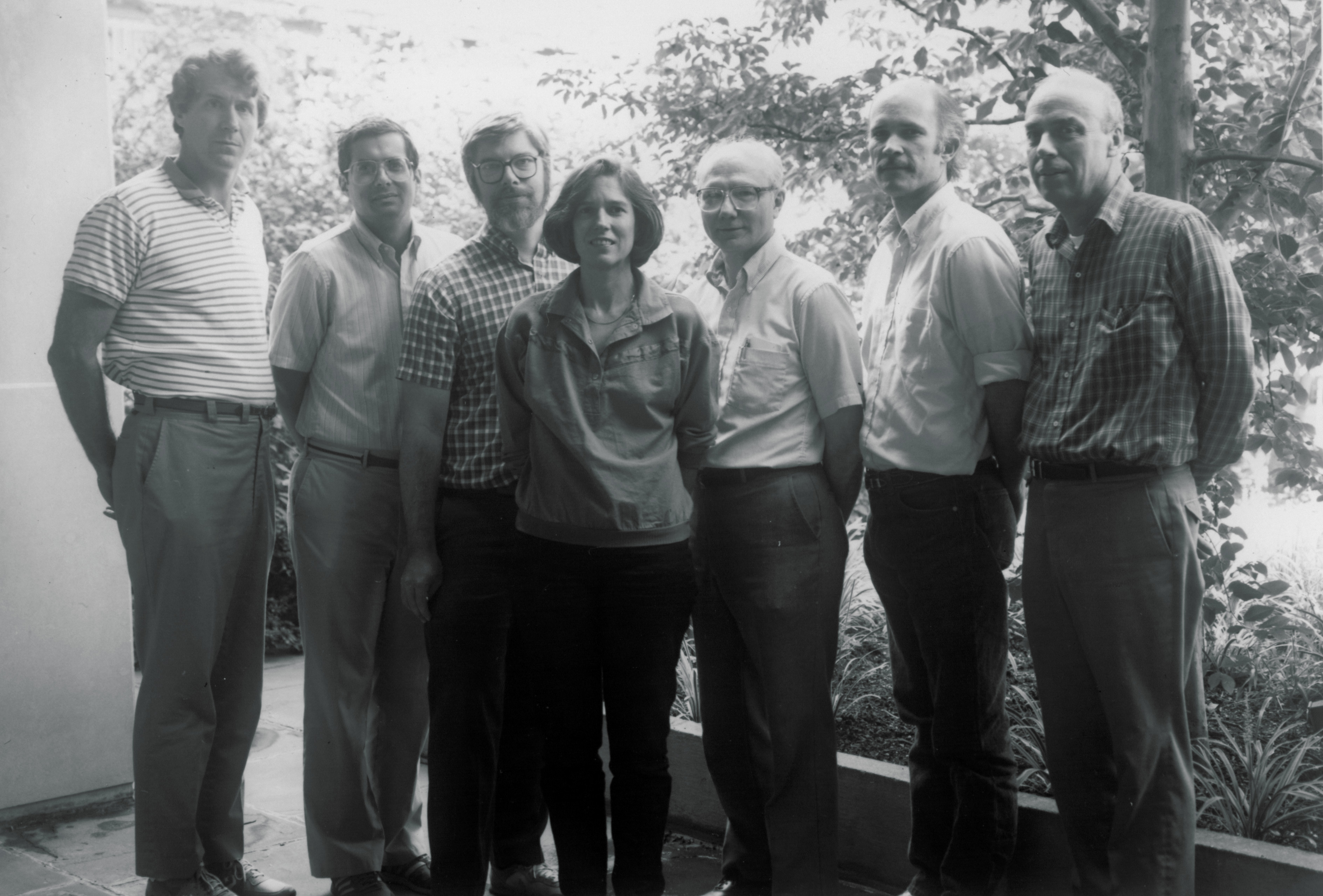
Defying the Odds and the Molecular Cloning of Plant DNA
Plant molecular biology, which is now a thriving field, wasn’t yet a scientific discipline. In fact, the consensus at the time was that plant DNA wasn’t cloneable.
“Carnegie gave me total freedom to do whatever I wanted and I picked the one problem that seemed impossible at the time—to figure out the molecular basis of Barbara’s genetic experiments.” Fedoroff explained.
But whenever she mentioned to anyone in the scientific community what she hoped to accomplish, Fedoroff was met with nearly universal skepticism.
“Everyone kept saying that cloning plant DNA wasn’t possible. I was very lucky to be at Carnegie, which supported me in my unconventional work.”
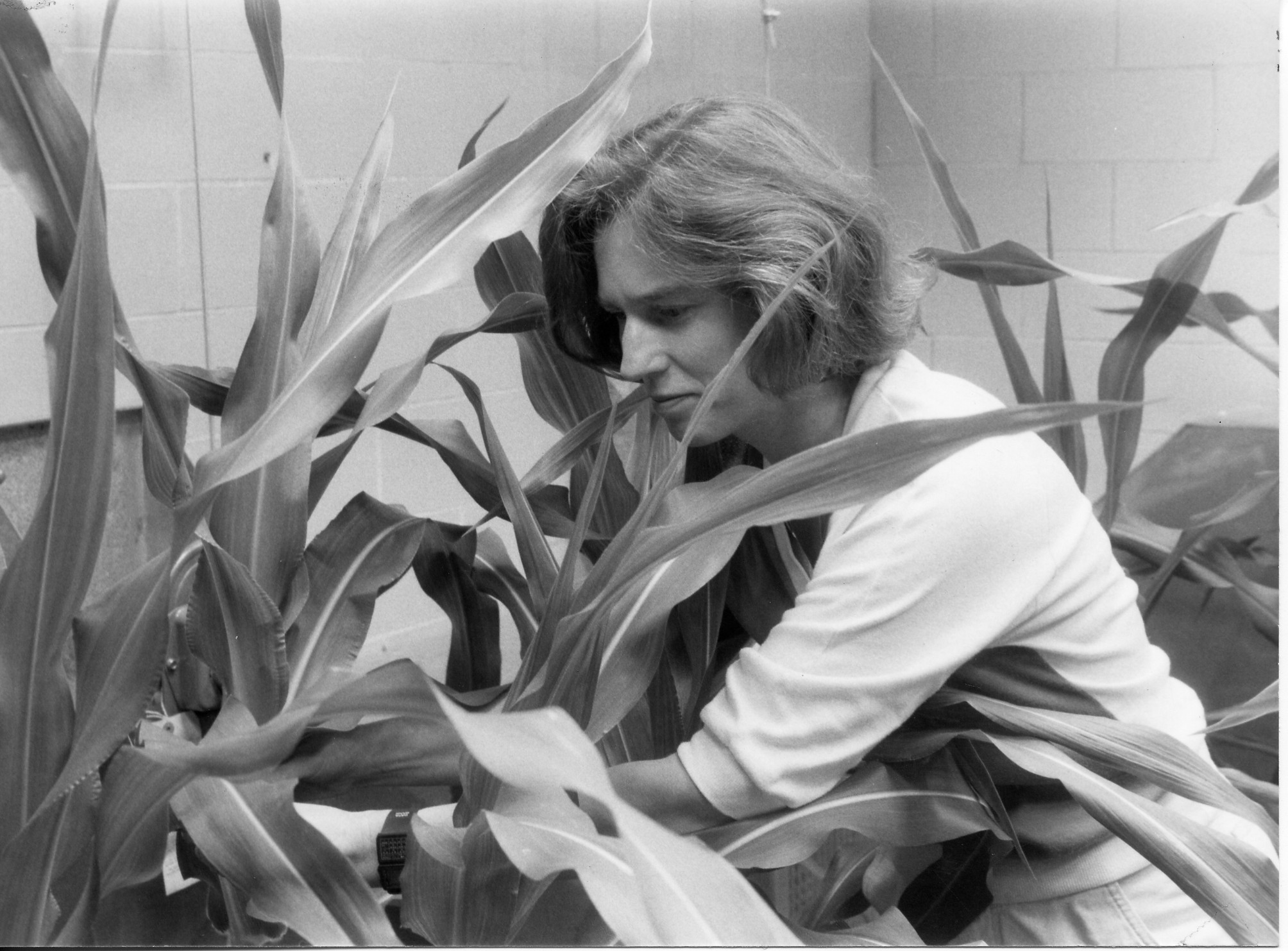
She had found the ideal setting in which to do her work, but funding was also essential. In a stroke of luck, she secured the support of yet another “white knight,” plant biologist Mary Clutter, then the assistant director for Biological Sciences at the National Science Foundation (NSF). Fedoroff had submitted an application for an NSF grant and Clutter championed her unorthodox proposal.
“Again, most people didn’t believe it was possible to do what I wanted to do, so I was taking a real leap—and it was Mary who allowed me to take that leap,” said Fedoroff. “She saw my application and sent it to people she knew would be open-minded. The whole grant system is incredibly conservative, so without her endorsement I don’t think I could have ever gotten started.”
In the lab at Carnegie Science, Fedoroff faced an uphill battle.
“There was a serious technical impediment to analyzing plant genes, namely that plant DNA is much more heavily methylated than animal DNA,” said Fedoroff, explaining why the plant DNA created technical hurdles that she needed to overcome. It was painstaking work and there were times when she simply wanted to give up, but her persistence paid off. “I eventually got lucky and found the right bacterial strain that allowed the cloned plant DNA to replicate.”
In addition to being a crucial step in the broader scientific understanding of how plants function on the molecular level, the global impact of Fedoroff’s discovery continues to contribute to techniques used in agriculture, medicine, and environmental science, with a lasting influence on both academic research and commercial applications. Most importantly, perhaps, it laid the groundwork for genetic engineering to improve crops, enhance agricultural productivity, and create genetically modified organisms (GMOs) with advantageous characteristics like pest resistance and drought tolerance.
Penn State and the Creation of the Huck Institute
In 1995, Fedoroff was recruited by Pennsylvania State University as a Willaman Professor of the Life Sciences. Early in her tenure, she was asked to organize a program to improve life sciences at the university.
“When I got to Penn State, the then-provost called me into his office and said, ‘I’ve been keeping back a tiny percentage from everyone’s budget for years, and it’s for improving the life sciences at Penn State.’ And he gave me $1M to do just that.” Using those funds, she conceptualized and created the Life Sciences Consortium, now called the Huck Institute of the Life Sciences, of which she served as founding director from 1995-2002.
“The program is something I’m really proud of,” she said. “The pleasure for me is that it has not only stayed alive but it’s become a model for recruiting throughout the university, significantly improving the quality of the university as a center for scientific research.”
During her time at Penn State, Fedoroff was also honored with its highest academic title, being named an Evan Pugh Professor of Biology. Just last year, the university recognized her with an Honorary Alumni Award.
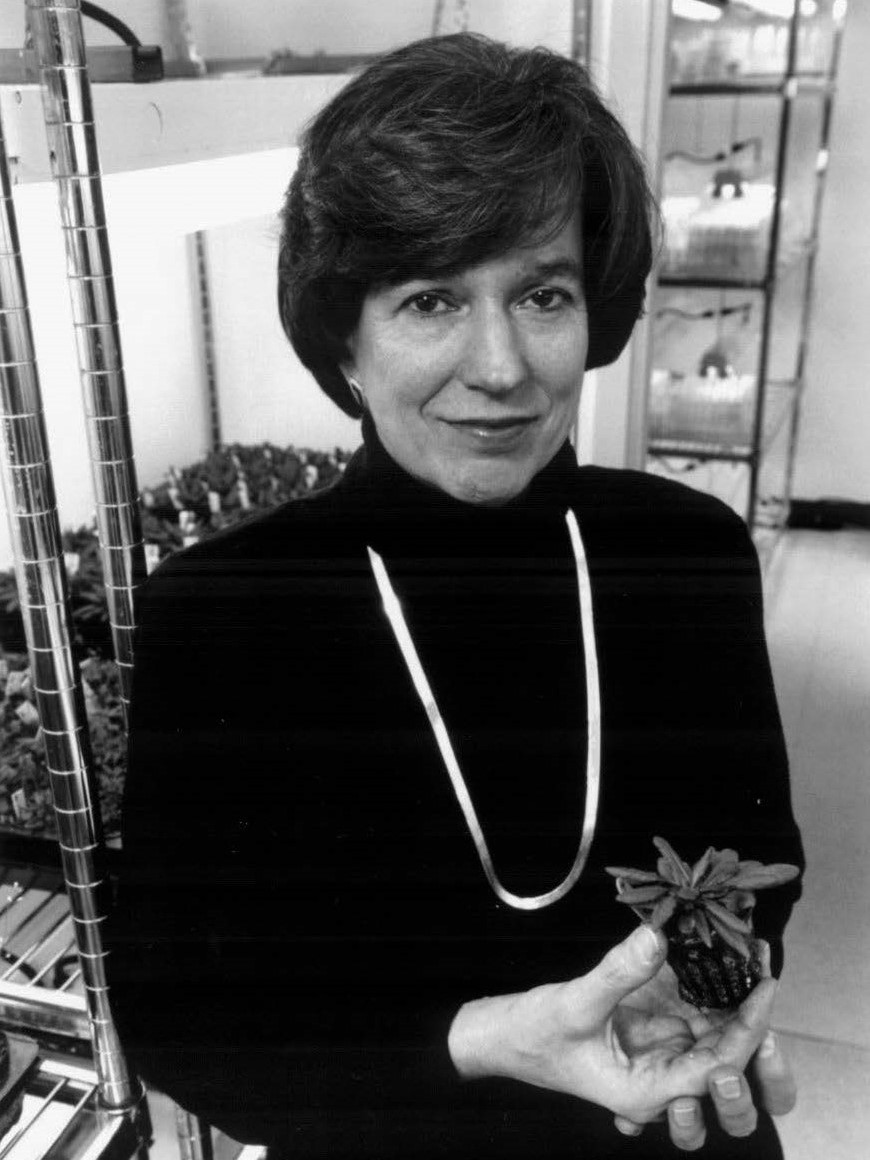
Science and Diplomacy and the Fight for GMOs on the Global Stage
In 2007 Fedoroff found herself at the intersection of science and diplomacy when she was appointed as Science and Technology Advisor to then-Secretary of State Condoleeza Rice. (She would go on to serve in the same role for Hillary Clinton in the following administration.) She found the post to be a “humbling experience.”
Among scientists, she explained, evidence is the most important thing you can bring to the table. But, “when you’re among non-scientists, the evidence doesn’t weigh much and yours is just another opinion.” Still, she was recognized worldwide as a highly esteemed biologist and the role allowed her to travel the globe and promote collaboration among diverse nations in confronting common challenges, particularly food insecurity. “The places where I was most appreciated were in our embassies, which were much more in touch with local needs and interests,” she said. “People in other parts of the world were really interested in GMOs, so I was able to open doors and start important dialogues in my travels.”
One of these important dialogues was climate change and its impact on food production.
“This was almost 20 years ago when the concept of climate change affecting our food supply wasn’t really on anyone’s radar. One of the last things I did in the State Department was organize a workshop that included people from the government, academia, and the science community to talk about alternatives we could explore to address agricultural sustainability in the face of our changing climate.”
Over the next decade, Fedoroff continued to be a vocal proponent for GMOs, giving presentations at conferences around the world and speaking for such highly reputed platforms as TED Talks. She did so at a time when opposition to GMOs, particularly in the United States, was fierce, even incendiary. But Fedoroff was unwavering in her convictions.
“I was driven by the awareness that we’re on a crash course. Most of the best land is already under cultivation, we’re at a crossroads in so many places with the availability of clean water, and the global population keeps growing,” she said, adding:. “The only way forward is through science.”
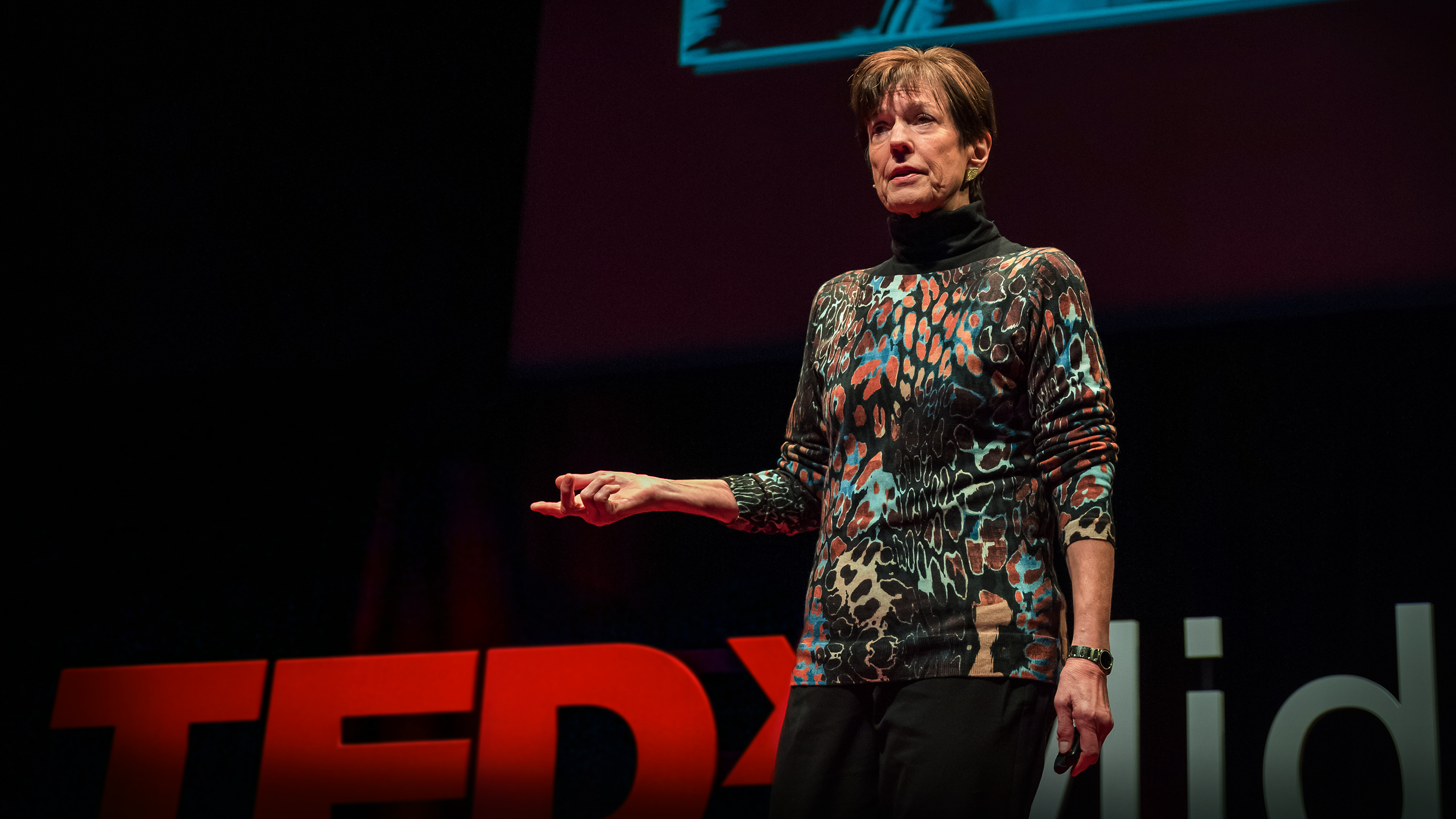
Transforming Agriculture in the Middle East
After leaving the State Department, Fedoroff was recruited by the King Abdullah University of Science and Technology (KAUST) in Saudi Arabia to tackle the considerable agricultural challenges presented by the region’s lack of arable land. She served as Distinguished Professor of Biosciences at King Abdullah University of Science and Technology.
“I was given a nice chunk of money to explore ideas of how to develop farming in a hot humid desert ,” she said. Putting these funds to work, she established the Center for Desert Agriculture, dedicated to developing sustainable solutions for cultivating crops and producing food in increasingly populous desert regions.
“I’m really proud of the work I did in Saudi Arabia. One of my students, Ryan Lefers, carried on the work and eventually created Red Sea Farms, which has become a successful business.” Winner of the United Nations Food Systems Summit 2021, Red Sea Farms is a sustainable agriculture company based in Saudi Arabia that uses saltwater and solar power to grow vegetables.
An Unexpected Call and a Legacy of Discovery
In a journey characterized by twists and turns, one of the greatest surprises of Fedoroff’s life came when she received a phone call out of the blue one day in 1995. “The caller said, ‘My name is Jim Rathmell. I think you’re my mother,’” she recalled.
It was the son she had long ago placed for adoption. Rathmell had always known his biological mother’s name from his adoptive parents, but had never looked for her. A graduate of Penn State, where Fedoroff had just been appointed as a professor, he connected with her by sheer chance when the university’s alumni magazine fell open to the very page where Fedoroff was profiled. Rathmell, a Professor of Pain Management and Anesthesiology at Harvard University Medical School and currently the editor-in-chief of the medical journal, Anesthesiology, had also pursued a career in science. “That has to say something about the inheritance of complex traits,” joked Fedoroff.
She and Rathmell have since developed a great relationship. Today, Fedoroff is happily retired. A mother of three, grandmother of seven, and great grandmother of three, she enjoys spending time with family and still dances Argentine tango several times a week.
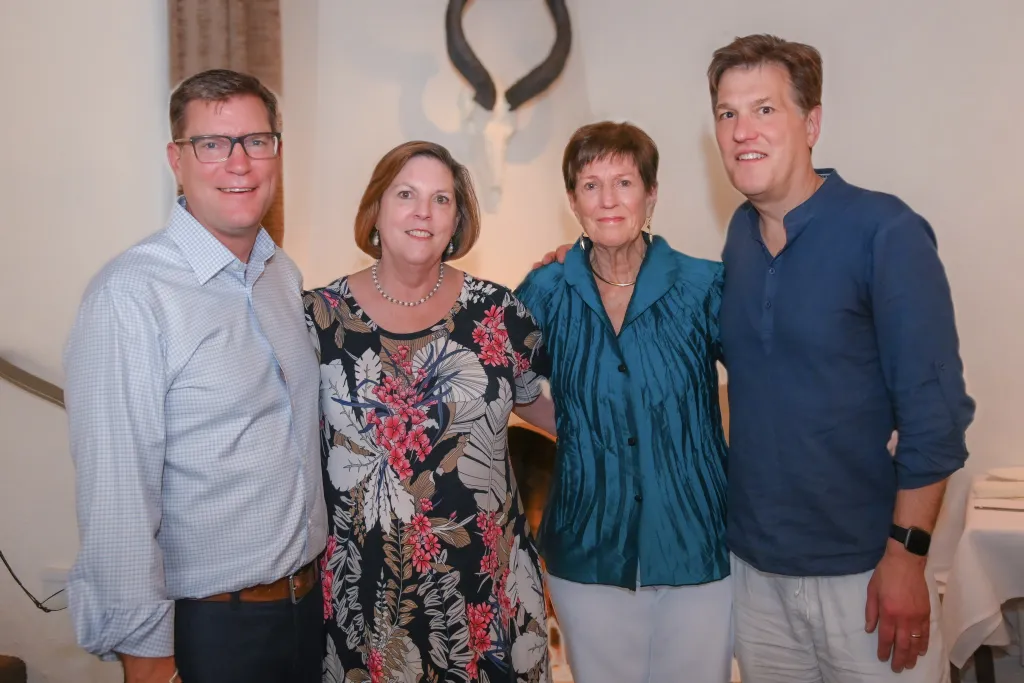
Nina Fedoroff with her children Kyr, Natasha, and Jim. Credit: Courtesy of Nina Fedoroff
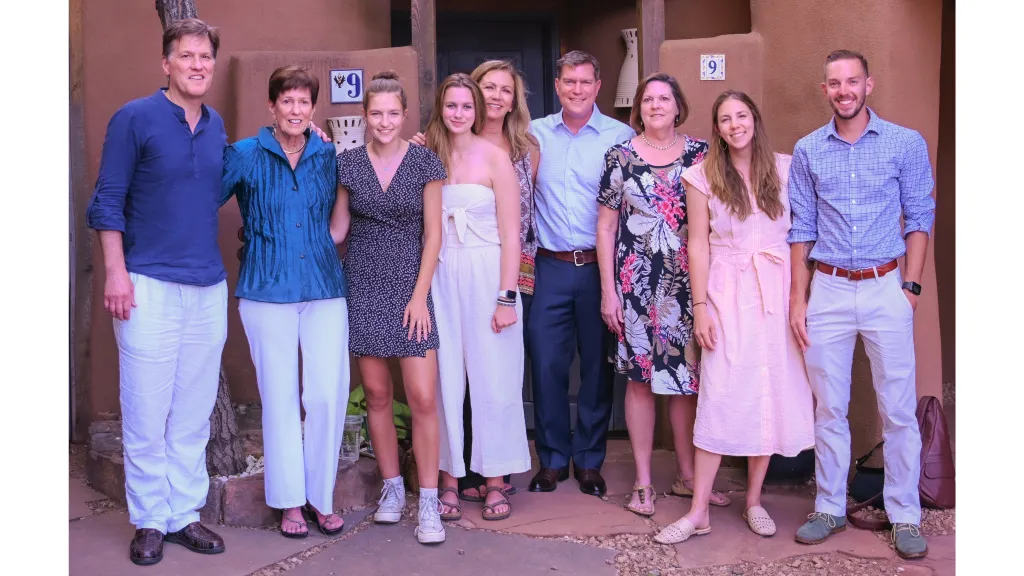
Nina Fedoroff with her family. Credit: Courtesy of Nina Fedoroff
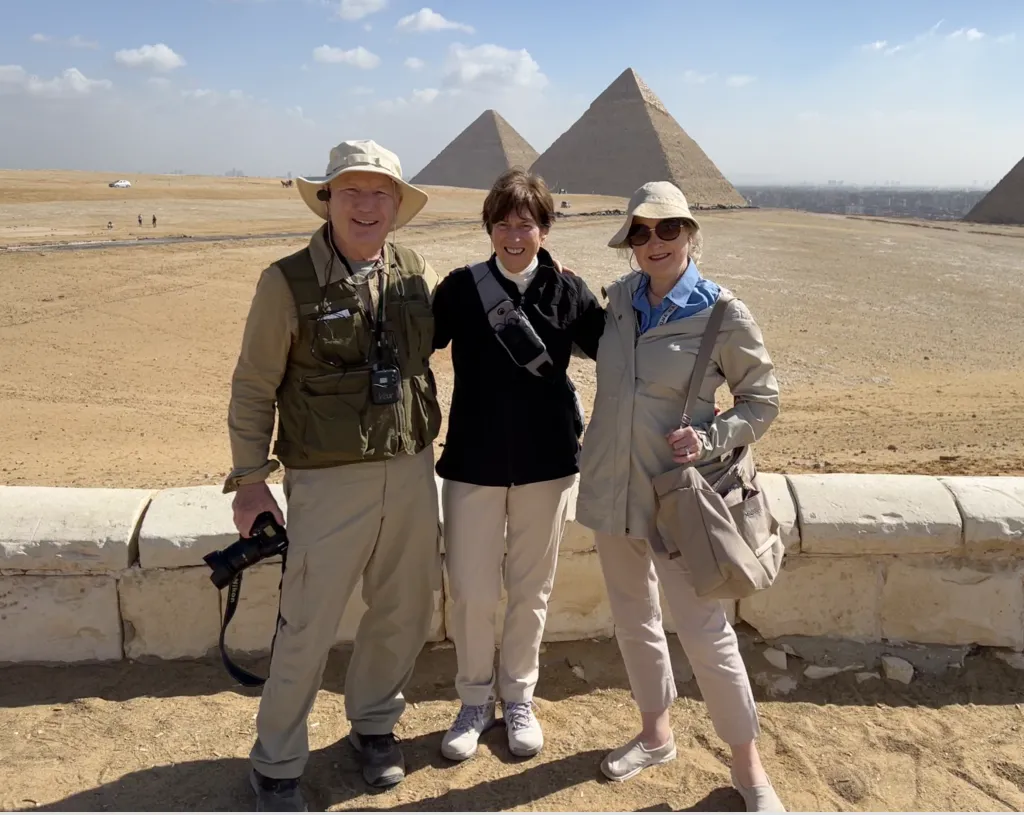
Nina Fedoroff travelling with friends. Credit: Courtesy of Nina Fedoroff
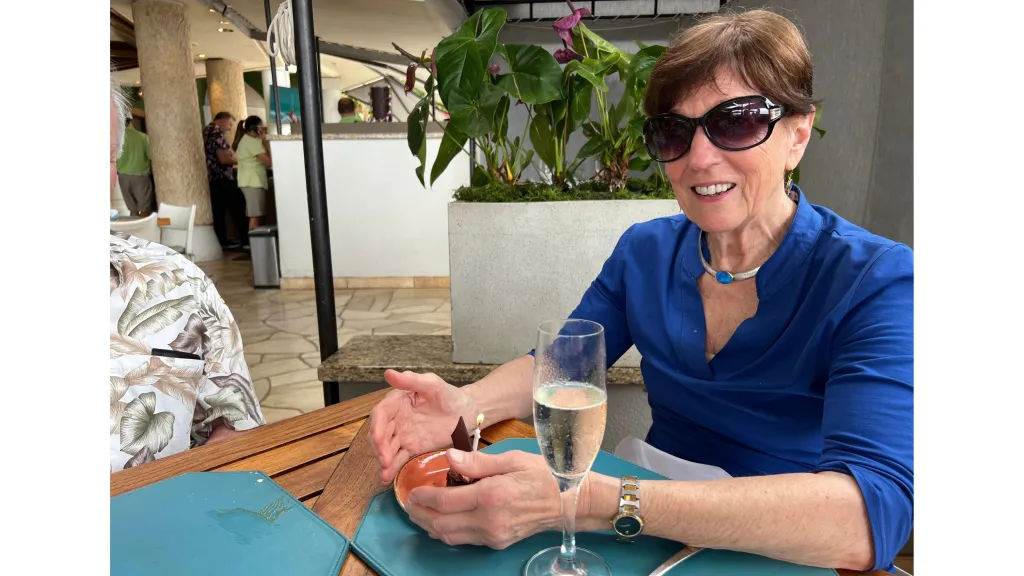
Nina Fedoroff celebrates her 80th birthday. Credit: Courtesy of Nina Fedoroff
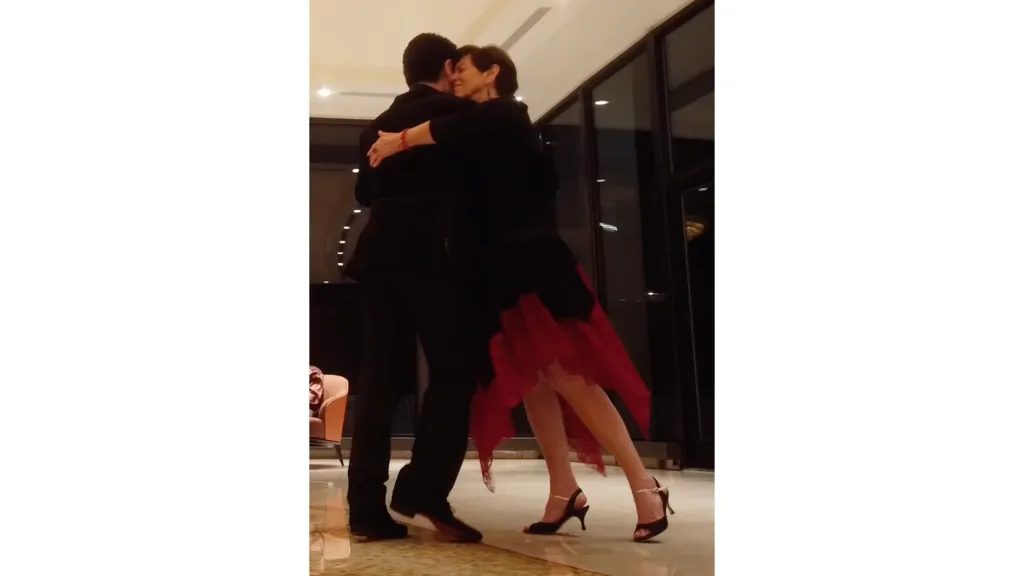
Nina Fedoroff dancing Argentine tango. Credit: Courtesy of Nina Fedoroff
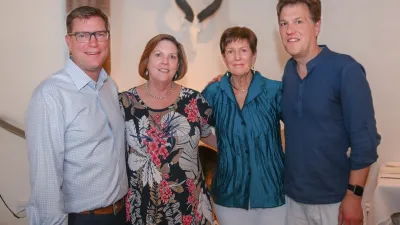
Nina Fedoroff with her children
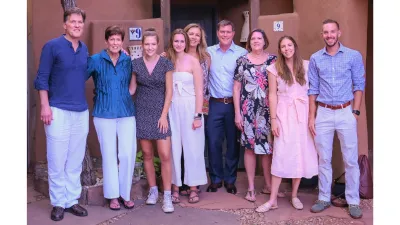
Nina Fedoroff with her family
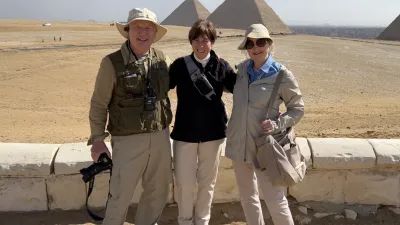
Nina Fedoroff travelling with friends
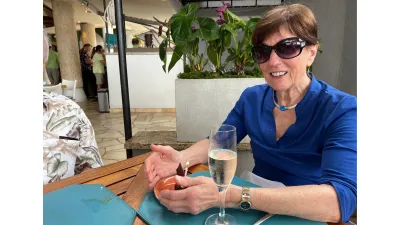
Nina Fedoroff celebrates her 80th birthday

Nina Fedoroff dancing tango
Looking back on her life and legacy, she expressed pride in her publication record and the advances she’s made in molecular biology, as well as her practical contributions to the future of agriculture.
“On reflection, I’m in awe of the fact that a pregnant high school dropout could achieve as much as I did,” she said. “I've had incredible champions, many lucky breaks, and instances of being in the right place at the right time.”
But those champions saw and were betting on great promise and those lucky breaks might have been lost on someone with less drive and resilience.
__________
This piece was written by Allison Bennett on special assignment for Carnegie Science.
